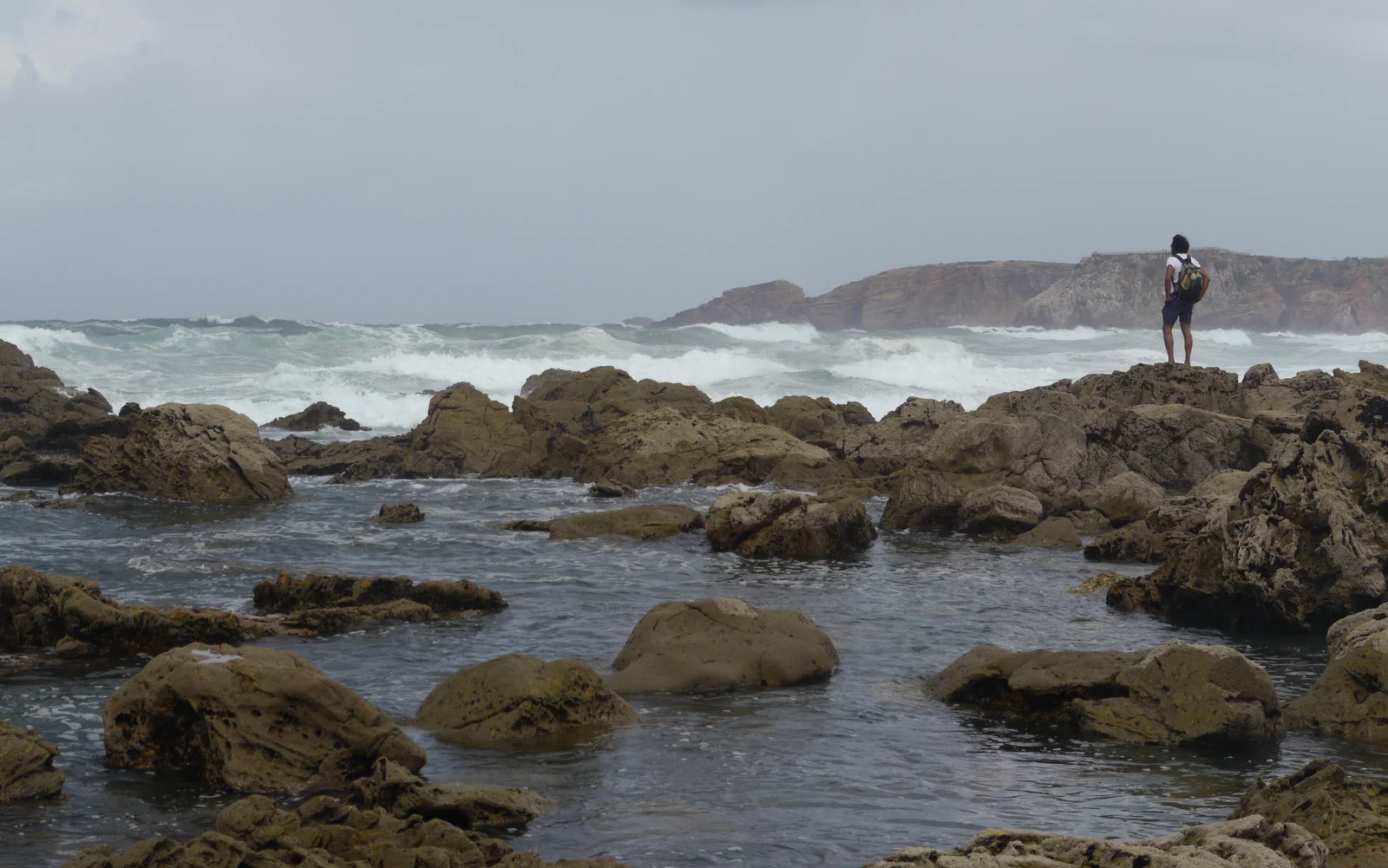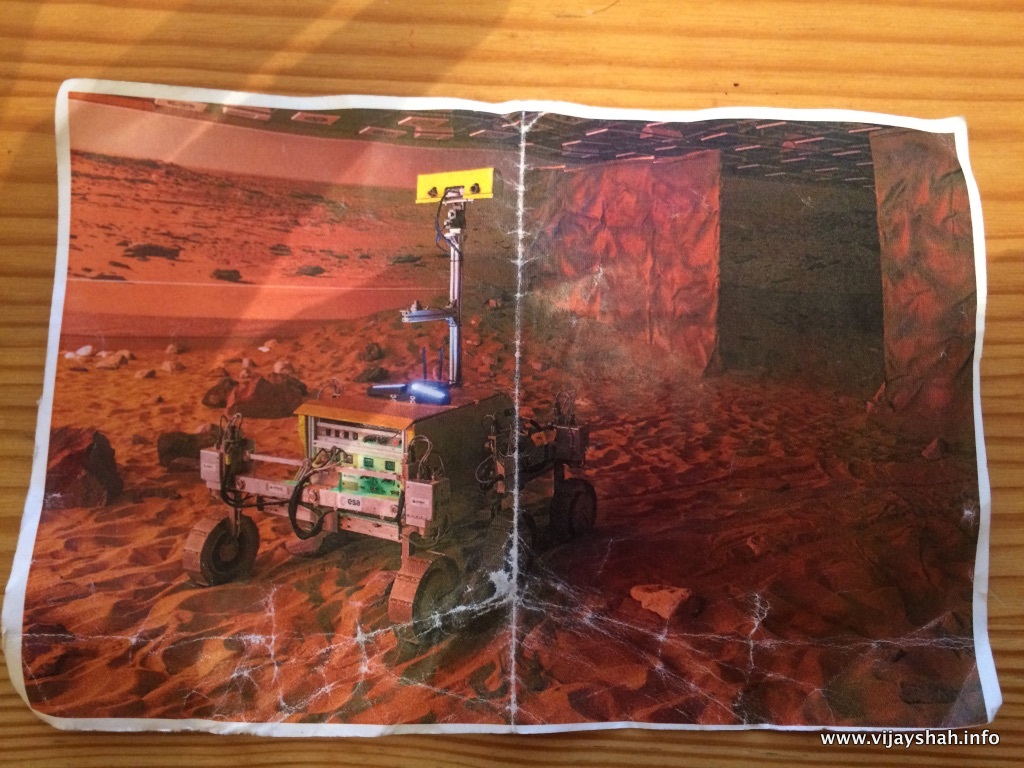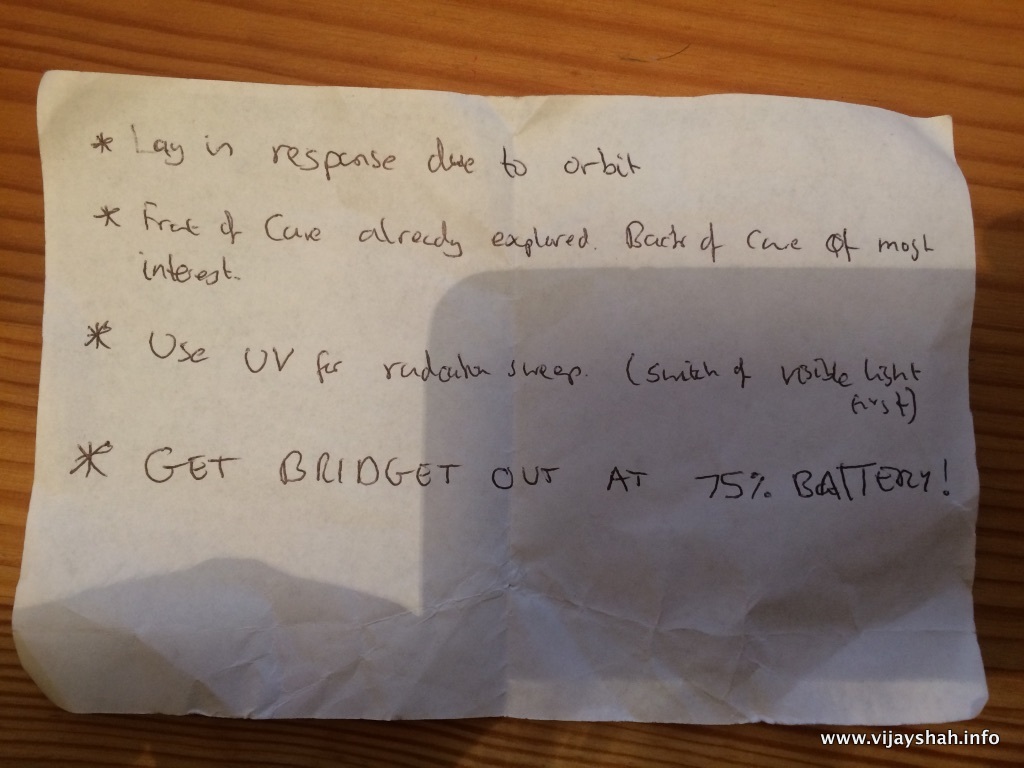**SPOILER ALERT** If you haven’t seen it yet, watch Astronauts: Do You Have What It Takes? Episode 3 on iPlayer first.
I remember a time when I was seven or eight and my brother nine or ten years old and we used to walk 400m away to a Scouts friend’s house to play on his computer console. He had a Nintendo Entertainment System and we used to marvel at how he used to navigate the two dimensional terrain of Mario Brothers and save Princess Peach with so much more finesse and speed than we could muster. We begged our parents to buy us one but finances and ideology left us disappointed. So the only times we got to play in these pixelated virtual worlds was at friends’ houses or when we were older, at the local video rental store that had an arcade: In the evenings and especially after the hour of prayer at the local mosque teenage boys crowded around the arcade waiting their turn on Street Fighter II. It was the ultimate fighting game, requiring unbelievable speed and muscle memory to enact the combination of moves required to beat your opponent. All I could do was stand on tiptoes trying to get a view and not be pushed out by the older kids. The few times that I did manage to get to the front and challenge the winner, my 20p was wasted in a matter of seconds.
What’s all of this got to do with the astronaut selection? The answer is that I wish I had played a few more video games and the reason for this will become apparent a little later on.
It’s now episode 3, and the tests are becoming more difficult. I couldn't imagine a more nerve wracking test. A three-time astronaut and former commander of the International Space Station (ISS) sitting next to you, telling you that within ten minutes you have to dock the Soyuz capsule onto the ISS. It was a dream come true and I was in awe of what we were asked to do.
Both the Soyuz and the ISS are pinnacles of human endeavours in space. The ISS is the multi-billion pound product of an incredible collaboration between fifteen countries and has been permanently inhabited since the year 2000. It is the largest space structure ever built and can easily be seen with the naked eye (there is an app for that) zooming across the night sky. It orbits Earth every 90 minutes making the inhabitants of the ISS the fastest humans in the world.
The Russian Soyuz is the most successful human transportation space vehicle ever created and since 2011 when the Space Shuttle retired it is the only crew transportation vehicle to the ISS. Devised in the 1960s and still flying today it has the longest operational history of any spacecraft and the safest. There is a Soyuz spacecraft permanently docked to the ISS at all times, serving as an emergency lift raft and if you see any cosmonauts or astronauts arriving or leaving the ISS it would be via a Soyuz.
Thus, docking a Soyuz onto the ISS is one of the most important training tasks an astronaut must become competent at. Failure to dock would mean that crucial supplies and a changeover of astronauts would not be able to happen. But that is not as bad as crashing into the ISS, as Chris Hadfield had put it, going too fast at docking could cause a rupture of the ISS killing everyone on board. But it doesn’t end just there, if the ISS breaks up upon a crash, a cascading amount of orbital debris travelling at 17,000mph could end up making that orbit completely unpassable.
Hence the deer in the headlights moment.
The German Aerospace Center in Cologne, Germany where the simulator was located is also where the European Astronauts Corp is located (right across the road). Both Chris Hadfield and Tim Peake have trained there, in fact Tim’s name was still on one of the rooms we were using. The simulator was the same as that which the astronauts train on and is a replica of the actual Soyuz spacecraft controls.
To dock successfully not only did we have to manoeuvre the Soyuz to the right spot in all three spatial dimensions but also be travelling at the right speed. Too slow and you’d bounce off, too fast, well, you would crash. It required a good level of spatial awareness, good hand eye coordination, speed and nerve. I was so close to docking, but my crosses were ever so slightly misaligned and so I backed up and the time ran out.
Interestingly, those that did well at this test were either a pilot or gamers. After this test and the Mars rover test I wish I had played more computer games. The right sort of games can help develop your 3D spatial awareness, memory and hand eye coordination. The right sort of game can help with strategy and tactics. Computer games are not just devilish past times that would lead to a lifetime of underachievement as I was brought up to believe but offer valuable skill sets that are becoming increasingly important. We are living in a technological revolution where human-machine interfaces are becoming commonplace and developing those skill sets are becoming important not just for astronauts but for all manner of jobs: Airline pilots can become qualified on a simulator alone, surgeons will soon be controlling small operating machines, drone camera operators are already in high demand.
Astronauts: Do You Have What It Takes? Episode 4 is on Sunday 10th September at 8pm BBC2.










